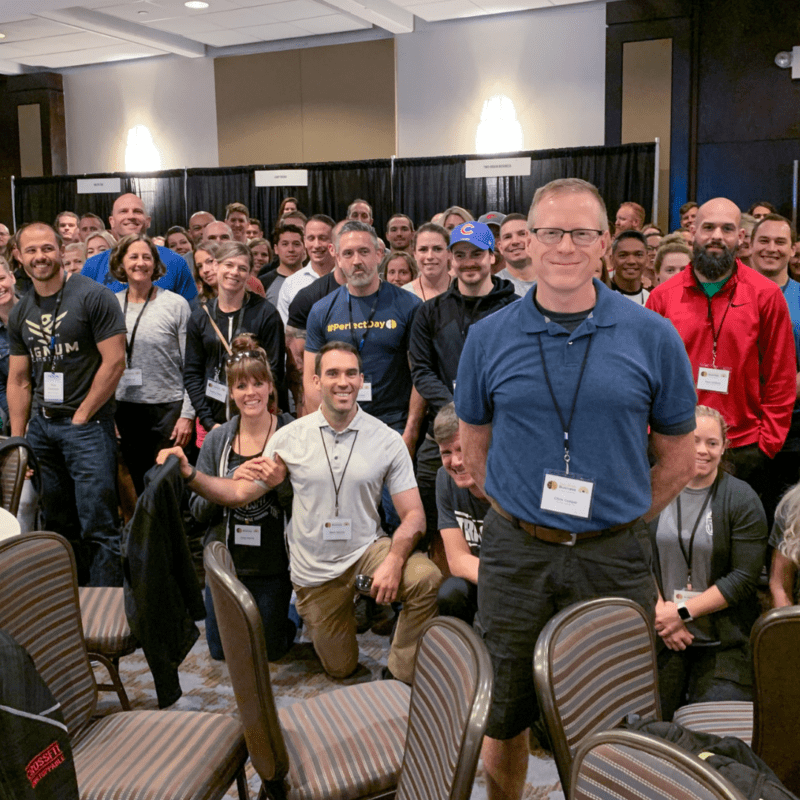How do we measure business success? For CrossFit coaches, measuring fitness is easy: it’s improved capacity across broad time and modal domains (the ten elements). Are you getting stronger, faster or more flexible? Your fitness is improving. But until Greg created a formal definition of fitness, we were unable to measure the effect of our training. It seems funny to say now, but until CrossFit, we were all selling a moving target. Likewise, business success must be reduced to its core elements before it can be measured. The intangibles–helping our clients, saving lives, reducing body fat and associated health risks–these are the elements of coaching, not business. I’ll wait for someone else to make “good coaching” measurable, observable and repeatable in more than an empirical form. My job is to make gyms profitable. And that means starting with a simple definition of success. Your idea of success is different from mine. After 22 years of coaching, I’m no longer jumping for joy at the 5am class. But we can all agree that financial success is measured by profit, and lifestyle success is measured by choice: the freedom to choose how we spend our time. With those two variables in mind, the master equation for success in any single business is this: $ (profit) over T (time). I’ve written extensively about valuing your time, moving to high-value roles in your business, and even the “retirement” point, where your business runs autonomously. There are many different variations of business success, but my role as mentor is to get each entrepreneur to their “Perfect day”. Let’s consider three sample cases. Each of these was recently on a call with me to discuss the path to better business. Case #1: $1,000,000 gross revenue; 10% profit margin; 12-hour workday (plus Saturday) Case #2: $600,000 gross revenue; 25% profit margin; 12-hour workday (weekends off) Case #3: $300,000 ...
Read More →
